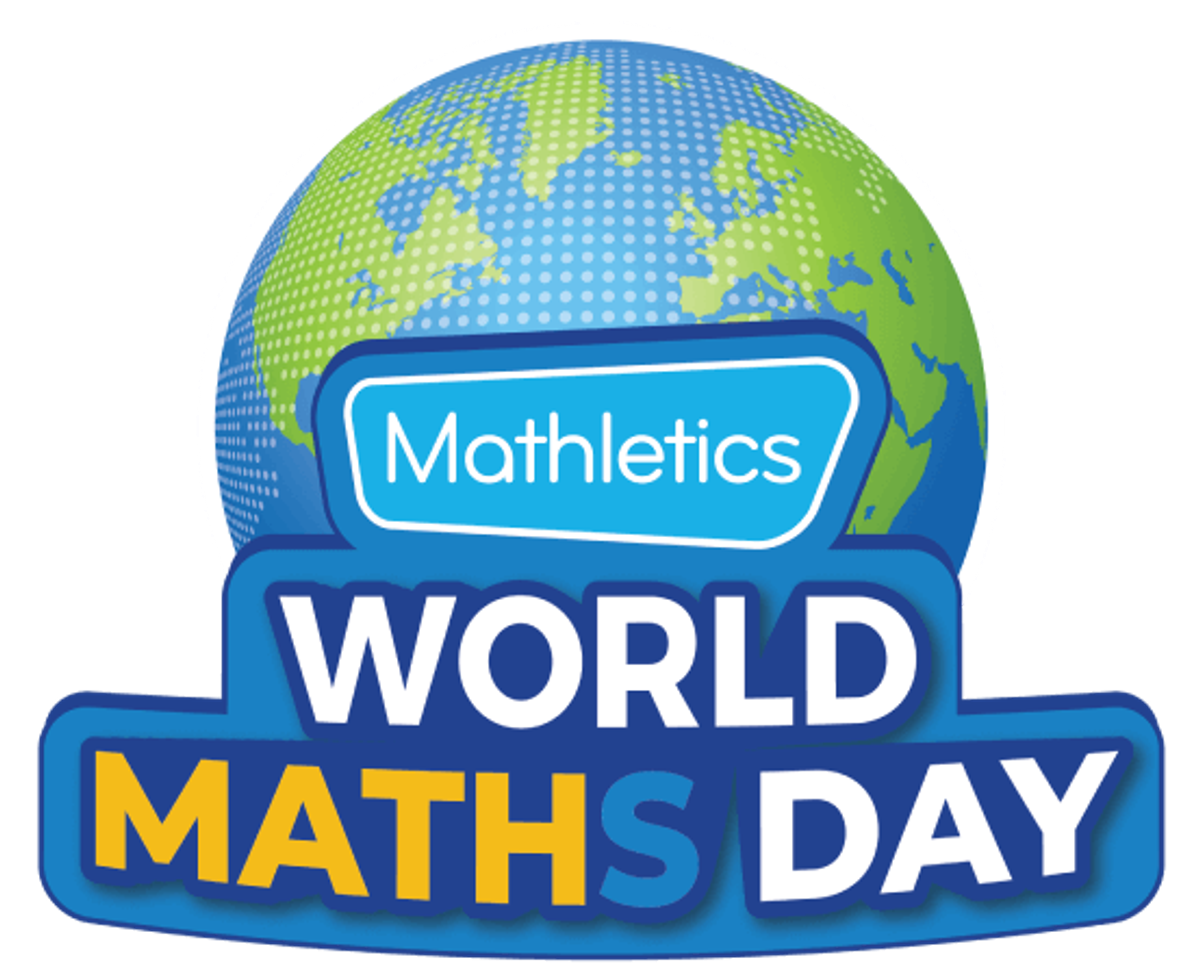Learning and Teaching
World Maths Day & The Premier's Reading Challenge

Learning and Teaching
World Maths Day & The Premier's Reading Challenge


This week, our students were invited to participate in the Mathletics World Maths Day online challenge. They completed 20 x 60-second live maths games, and earned 1 point for each correct answer. Congratulations to all of our competitors.
Mathletics is a fantastic online resource that parents can incorporate into home learning, at a small cost. It is important to note, however, the value of hands-on learning, particularly in the early years. Research shows that parents and carers can give their young children a boost in learning mathematics by noticing, exploring and talking about maths during everyday activities at home or out and about (Phillipson, Gervasoni & Sullivan 2017). The mathematical knowledge developed before school is predictive of literacy and numeracy achievements in later grades, so it is important that parents play a key role in helping their children learn mathematics concepts involving time, shape, measurement and number.
Parents are encouraged to provide opportunities for the following activities at home:
During everyday activities with children, such as walking to school or playing in the garden:
So, from the earliest of ages, engage your child in the world around them, being descriptive and using mathematical words, and build on what they notice about shapes, numbers and measures as they learn. It is never too soon to begin these activities - babies who are only weeks old notice differences in shapes and the number of objects in their line of sight.
Laura Leung
Learning and Teaching
UPDATE ON THE VICTORIAN PREMIER'S READING CHALLENGE:
Apologies for the delay in receiving usernames and passwords. There were some difficulties with uploading all of our students onto the challenge website in order to register, however we have received contact from the coordinators and all has been resolved. Passwords will be sent out on Monday 24th. Please refer to the video that was uploaded onto Seesaw on how to navigate the student dashboard and allocate challenge books. You may also like to choose some of the books from the challenge list over the weekend in preparation for Monday. Thank you for your patience.
The Premier's Reading Challenge has commenced and all students from Prep to Year 6 are invited to participate. The challenge encourages students to read a set number of books over the year and record their efforts online. Students in Prep, Year 1 and Year 2 can read books by themselves or with someone else.
Prep - Year 2
Number of books: 30
Number of books from the Challenge book list: 20 or more
Year 3 - Year 6
Number of books: 15
Number of books from the Challenge book list: 10 or more
Most of the books you read should be from the Challenge book lists. The rest can be any book you choose. You can read books on the book list for your year level or a level above and they'll count towards your Challenge total. You can read a book from a level below your year level if your teacher agrees. You still need to read the number of books for your year level to meet the Challenge.
Your child will be given their own unique username and password, which they can use to login to their account. Go to Victorian Premiers' Reading Challenge, login as a student and then choose VPRC login. This will take students to their dashboard.
A tutorial about how to use the Dashboard and enter the books they have read will be uploaded to Seesaw, for any families who are unfamiliar with the challenge.
Certificates will be given out for those students who meet the challenge requirements. Please join in as we aim to promote and inspire a love of reading for our students.
Mrs. Jessica Wickens
Literacy Leader